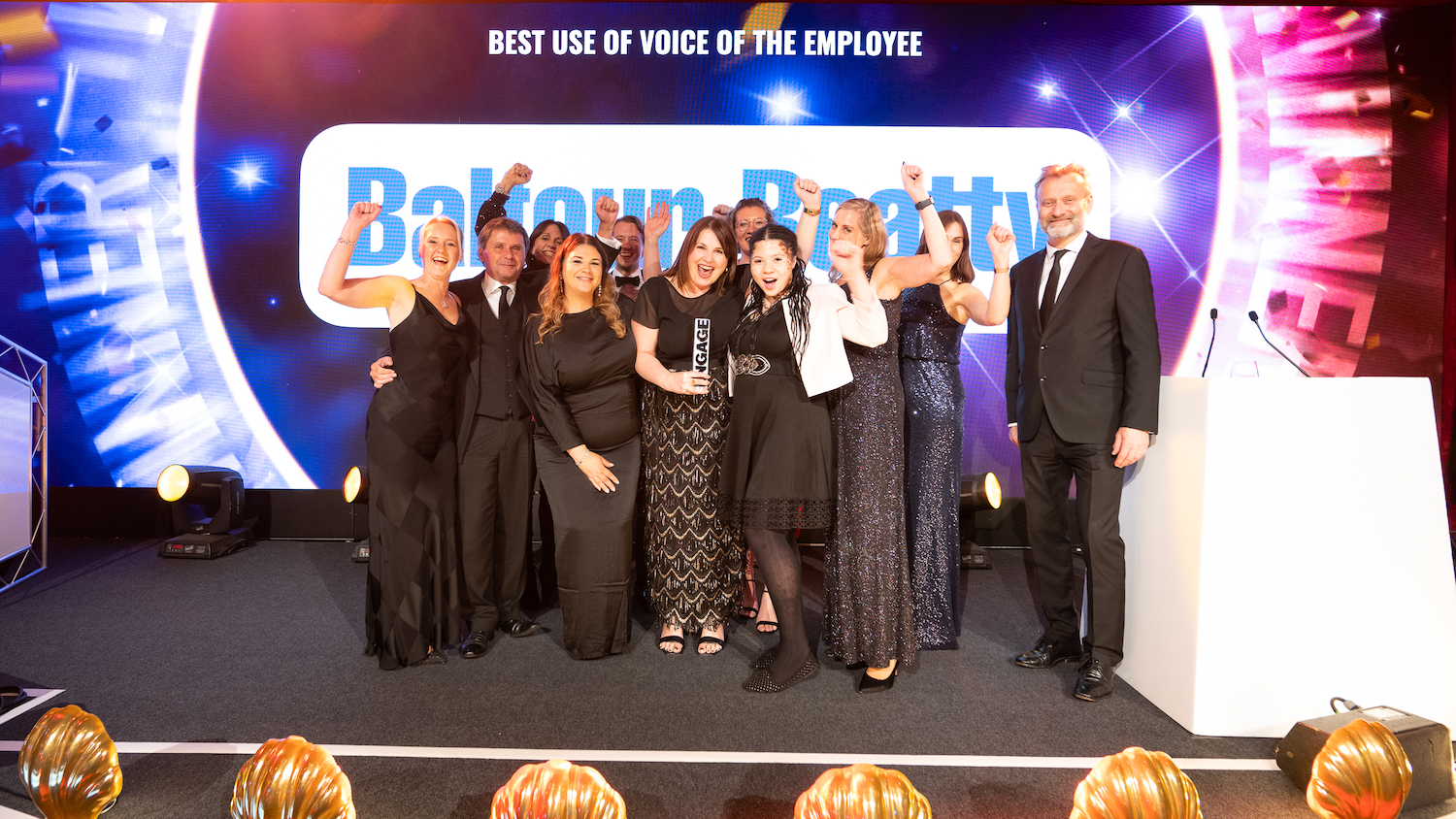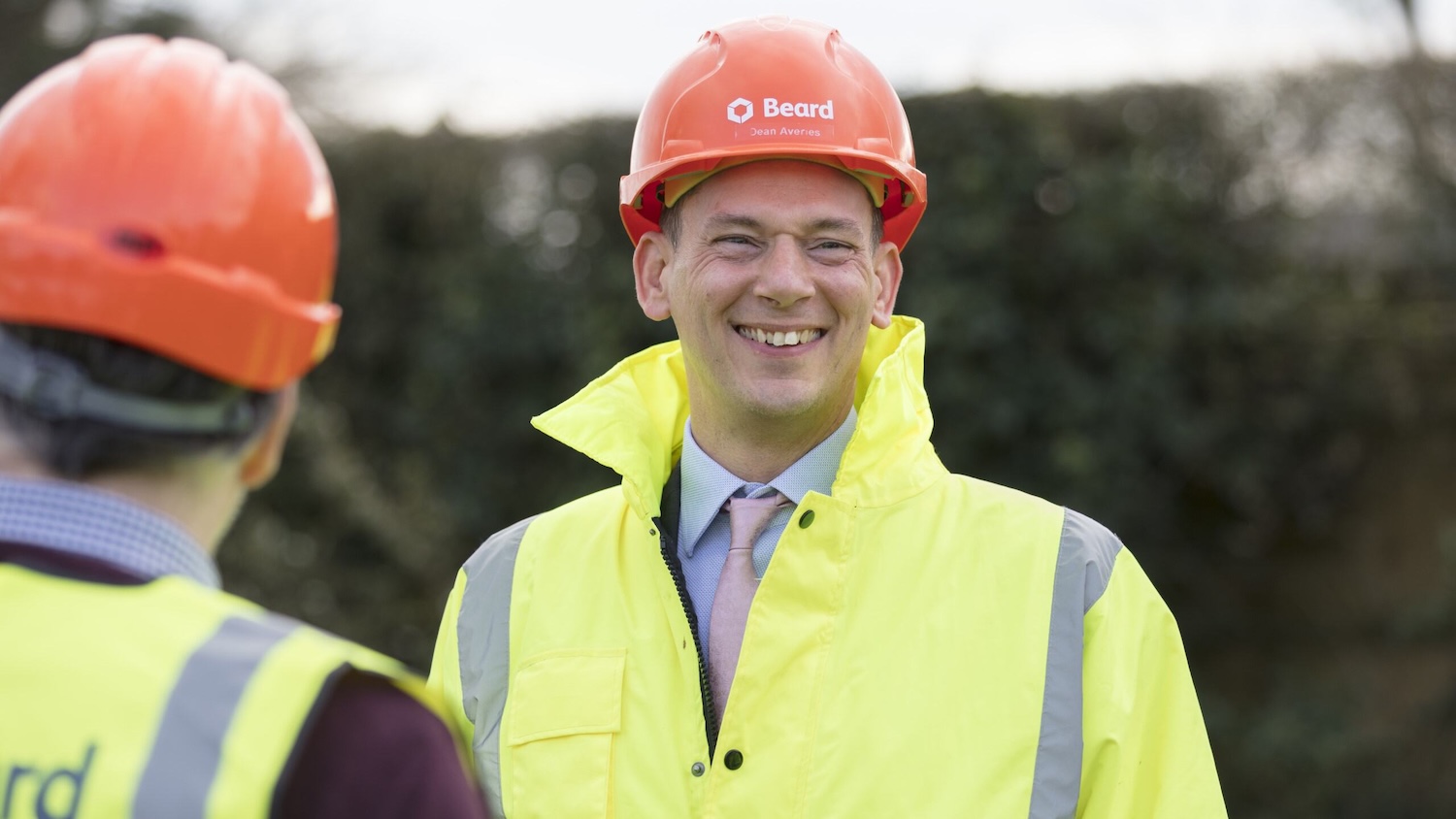
Is it safe to listen to music on site?
From radios to earbuds, listening to music can help to boost workers’ wellbeing. But is it ever safe to do so on a construction site?
There are many potential benefits to listening to music on site, from increasing productivity to improving wellbeing.
But can it be distracting? Does it hamper communication? And crucially, what are the safety risks?
Clair Weston, marketing manager at occupational safety specialist Uvex Safety, acknowledges that in some environments – for example, involving monotonous and routine tasks – listening to music at work can be “beneficial and improve both wellbeing and productivity”.
She adds: “Listening to music can be relaxing, so it has the potential to reduce stress and offer relaxing respite during break times. It can also help to hide background noise, which may increase a worker’s wellbeing and their ability to concentrate.
“There is even evidence to suggest that music can have an ergogenic effect during physical activity, which can be beneficial for workers undertaking physically strenuous work.”
Similarly, Womble Bond Dickinson regulatory team associate Lisa Lewins believes that “listening to music can be one of life’s great pleasures”.
She adds that it can “serve as useful company for working alone”, “help make mundane tasks a little easier” and “improve productivity and reduce stress”.
Source of distraction
However, Weston and Lewins both stress the risks, with Weston stating that listening to music at work can be a distraction as it can impair concentration levels, alertness and reaction times.
“It can also prevent workers from hearing warning signals,” she says.

Listening to music may have a negative impact on concentration levels or interfere with the correct use of PPE such as ear defenders
Lewins adds: “It could impact the listener’s ability to hear important communications from colleagues like warnings or fire alarms. It may also have a negative impact on concentration levels or interfere with the correct use of PPE such as ear defenders.”
Agreeing with this sentiment, Neil Hughes-Hutchings, head of health and safety at AfterAthena, stresses that personal headphones or earbuds “can make communicating safety hazards on a site difficult”.
He says this can cause “issues for the individual, the overall safety around the site and other workers”.
Hughes-Hutchings continues: “When using plant or hand tools, listening to recreational music via headphones could distract the user and it can mask other important sounds that construction workers need to hear, such as sounders, horns or fire alarms.
“This could lead to the person missing safety calls and significantly increase the risk of injury or worse to themselves or a colleague.
“In addition, workers listening to recreational music could expose themselves to prolonged excessive noise if they have the volume high.”
According to a Health and Safety Executive (HSE) spokesperson, employees working in “high-risk areas” – for example, with vehicle movements or machinery controls – are “more at risk from being distracted by headphone wear than those in a less risky working environment”.
The spokesperson adds: “Other significant warnings, such as fire or machinery alarms, may also be drowned out with headphone wear.”
Headphones or speakers
Lewins stresses that any perceived benefits of playing music “must be weighed up against the risks, whether it is music played at a low level on a site or the use of personal listening devices”.
So, is there a difference in safety risk between music played through headphones compared with speakers?
Noise exposure can be easier to manage with speakers “because it can be monitored more easily and volume can be controlled”, the HSE spokesperson says.
Similarly, Weston says playing music through speakers “can offer some benefits as they don’t isolate workers from their environment in the way headphones do”.
This, in turn, ensures “workers have a better perception of warning or machine signals and better directional hearing”.
However, she adds: “Not everyone wants to listen to music and people’s musical tastes vary. What motivates one worker may prove distracting to another.”
Noise nuisance
Meanwhile, Hughes-Hutchings explains that noise levels on construction sites can mean music played through speakers is “turned up higher than normal for it to be heard”.
This means “the noise may create nuisance noise for surrounding premises as well as distractions for individuals working on the site”.
He adds: “There is a requirement under the Control of Noise at Work Regulations 2005 for employers to ensure employees are not exposed to excessive noise. It is therefore prudent for any site to have a clear policy and to educate workers on this matter.”
Bluetooth earmuffs equipped with Real Active Listening (RAL) functionality could offer a solution.
Weston explains: “Users can maintain awareness of ambient noise while wearing hearing protection, facilitating effective communication and response to warnings.
“Typically, the ambient noise volume can be adjusted to suit individual preferences, with an integrated sound level limiter safeguarding against sudden loud sounds.
“Furthermore, Bluetooth 5.0 connectivity enables users to stay connected via telephone or radio without interrupting work.”
The HSE has guidance regarding listening to music through hearing protection, which includes the impact of music on noise exposure and the potential for safety risks to be introduced by listening to music.
Advice for leaders
Under the Health and Safety at Work Act 1974, employers have a duty to ensure the health, safety and welfare at work of all employees.
The Management of Health and Safety at Work Regulations 1999 also require employers to identify risks and take steps to eliminate or control them.
Meanwhile, the Control of Noise at Work Regulations 2005 aim to protect against risks to health such as hearing damage, and also address safety risks such as noise affecting the ability to hear instructions or warning sounds.
The HSE spokesperson says the organisation “would expect that the relevant inductions for any site would include the company policy on listening to music in the workplace and where it is or is not appropriate”.
HSE’s Noise at work – A brief guide to controlling the risks leaflet raises the issues of communications, warnings and the potential reduction in the wearer’s awareness of surroundings.
The spokesperson adds: “It is always the responsibility of the employer – via the process of risk assessment – to identify the potential safety risks associated with listening to music in the workplace, and the potential implications with regards their working environment.”
Weston stresses that there are “lots of variables in terms of the risks and benefits of listening to music at work that need to be considered when creating a policy”.
Risk assessments
Lewins adds that employers should take “a risk-based approach” to music on site, with a risk assessment undertaken to consider individual tasks.
She says: “Consideration should be given to whether there could be communication issues – for example, an employee being unable to hear what is going on around them.

Listening to recreational music via headphones can mask other important sounds that construction workers need to hear, such as sounders, horns or fire alarms
“It may also be important to consider the impact of listening to devices through personal headsets from an occupational safety perspective in terms of sound levels, to ensure there is not a risk of damage to an employee’s hearing.”
Lewins adds that risk assessments should be updated to reflect any changes or to reinforce current rules, while regular auditing of all health and safety risks should also be undertaken.
In addition, consideration should be given to noise monitoring and the provision of hearing tests if complaints are made about noise at work.
Hughes-Hutchings adds: “Specific additions to the site’s health and safety manual, along with ongoing training around the use of headphones or earbuds on all parts of the site should be a priority.
“Third parties delivering or receiving goods from the site should be provided with suitable and sufficient information in relation to listening to music, to ensure the safety of any worker who is on the site at any point during normal working hours.
“Having clear controls over when and where people can listen to non-work-related audio output is needed to ensure the safety of all workers while they are on site.”
Overall, Lewins believes that “employers should always seek to provide a happy working environment for staff and take on board any suggestions that may improve it”. But “this should not be at the expense of safety, which should always be paramount”.
Meanwhile, the HSE spokesperson emphasises that it is important for leadership to understand the potential benefits and concerns and to liaise with workers “where potentially unpopular policies that restrict music levels may be put in place”.
They add: “A strong policy on listening to music in the workplace, the relative work environment and the method by which music can be listened to (headphones versus speakers) all need to be considered.
“A one-size-fits-all solution is unlikely to be appropriate and, clearly, consideration needs to be given to all employees who may not appreciate the background noise, let alone the choice of any music being played where speakers are used.”







